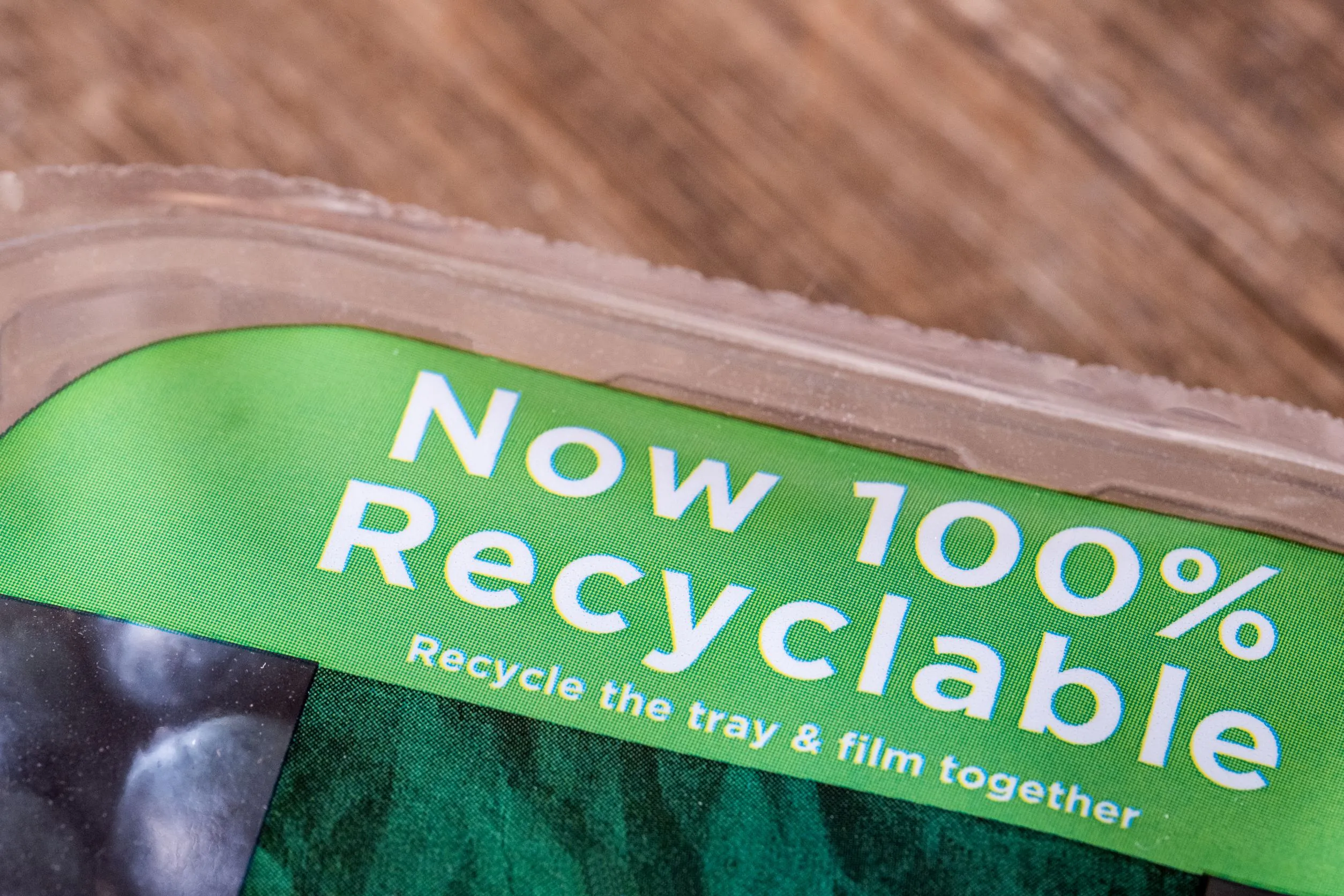The COVID-19 pandemic has brought high demand and new opportunities to the global packaging industry, along with shifts in priorities and in the types of packaging being used. The rise in e-commerce as businesses temporarily or permanently close their storefronts and customers choose to shop from the safety of their homes means that the volume of shipping boxes, envelopes, and related materials has risen sharply. It also means that many businesses are now designing product packaging with direct-to-consumer shipping in mind.
The pandemic isn’t the only influence on the global packaging industry, however. Sustainability has been a growing concern over the past several years, for both consumers and governments. Increasingly, consumers are demanding environmentally friendly packaging, and many countries are introducing stricter regulations around waste and recyclability. With the recent decision by the UN to create a treaty on plastic waste, that pressure will only increase over the next several years.
Many companies are already working on sustainable packaging products. While more businesses shift from plastic to paper and cardboard, others are investigating new materials and designs. From mycelium-based biodegradable packaging to antibacterial texturing designed to preserve freshness and reduce food waste, packaging companies are innovating on many different fronts.
Access Free Packaging Industry Insights
A New Treaty on Plastic Waste
In early March this year, the UN adopted the resolution “End Plastic Pollution: Towards an internationally legally binding instrument” at the UN Environment Assembly (UNEA) in Nairobi. The resolution establishes a committee to create a legally binding treaty on plastic waste by the end of 2024, and aims to promote sustainable production and consumption of plastics. With the endorsement of representatives from 175 nations, this treaty could lead to an increased amount of legislation restricting the use of plastics around the world. Packaging manufacturers will therefore need to ensure that their plastic products can be easily recycled, reused, or remanufactured, or switch to different types of packaging materials entirely.
Placing More Responsibility on Producers
The UK has introduced plans to overhaul its waste system, which include a new tax on any plastic packaging that is composed of less than 30% recycled content. It would also require businesses and manufacturers to pay the full cost of recycling or disposing of their packaging waste, in comparison to current regulations mandating that they pay about 10% of that cost. These changes are intended to encourage the use of packaging that is easier to recycle, as well as lower the overall use of packaging. Packaging companies and product designers in the UK will therefore need to consider their current materials and designs, and balance the cost of changing up their packaging with the cost of these new taxes.
How Mushrooms can Help Create Better Packaging Solutions
Companies have begun developing packaging materials made from mycelium, creating durable, insulating, and even flame-resistant products. The mycelium can be grown into any shape required of it and is being used as an alternative to materials such as Styrofoam. These materials are also easily biodegradable and compostable, making them easy and safe to dispose of without needing to send them to a recycling facility.
New York-based Evocative Design is one of the leaders in this new market, offering Mushroom Packaging made from hemp and mycelium. The company says this product can be grown in seven days and will decompose in a month and a half when added to soil. Environmentally conscious companies such as Lush are already making use of this packaging for their products.
Connect with Packaging Industry Companies
Making Plastics More Recyclable
More than a third of plastic produced globally are used only once before being thrown away, and one of the reasons for this is the use of carbon black pigment. Recycling facilities sort plastic automatically using near infrared (NIR) systems, but these systems cannot detect plastic containing carbon black, resulting in those pieces staying with the remaining unsorted waste and being sent to a landfill or incinerator.
To combat this issue, manufacturers in the packaging industry are developing both new types of color additives and new sorting systems. Packaging company Mannok, for example, offers the DETECTA line of packaging, which uses pigments detectable by NIR sorting systems and is made from 100% recycled materials. Unilever has taken a different route, creating packaging formed from layers of recycled materials with colored plastic on the inner layer and an outer layer that is detectable by NIR systems.
Meanwhile, some researchers have developed new sorting systems that can detect materials that contain the carbon black pigment, allowing them to properly sort and recycle a higher percentage of plastics. Tomra Sorting has developed a Laser Object Detection (LOD) system, while technology firm Specim has created a camera that uses medium wavelength infrared (MWIR), both of which can identify plastics that were being missed by existing systems.
Using Packaging to Reduce Food Waste
Plastics aren’t the only items hitting landfills in high percentages, and packaging innovations can help combat this. Over 30% of food produced for human consumption ends up as waste, often due to spoilage. Some researchers have therefore been developing packaging to preserve food for longer, or to provide a more accurate indication of when something has spoiled.
A team of scientists from Australia’s RMIT University, Japan’s Tokyo Metropolitan University, and Mitsubishi Chemical’s The KAITEKI Institute has created an antibacterial texture based on insect wings that can be used on food packaging to improve shelf life. This nanotexture can kill up to 70% of bacteria, and the research team has successfully replicated this pattern in a way that can be easily fabricated and scaled up for use on plastic packaging. The team has created nanotexturing that can be used in rigid plastic and is now looking to adapt it for use on softer plastics.
Another type of packaging that multiple research teams and manufacturers have been developing is one that can detect food freshness and communicate that information to the consumer. Currently, most food products use a static expiration date, an estimate that will not always accurately reflect the state of the package’s contents. Certain conditions and circumstances will cause food to spoil before that date, while in other cases, food and drink will be thrown out before it is spoiled simply because it has passed the date on the package.
Companies are therefore creating ways to reduce this waste by giving consumers a more accurate indication of the food’s condition. While some products of this nature have already been developed, they often rely on plastics that produce greenhouse gases and result in more waste. Scientists from Malaysia’s Universiti Kebangsaan and Tunku Abdul Rahman University College are therefore researching biopolymer packaging with intelligent ammonia sensors to detect spoilage. The packaging can be made from materials such as cellulose and starch, which are easily manufactured and biodegradable. The team has tested polyaniline for use as a colorimetric sensor for food packaging as it is eco-friendly, simple, and will change colour based on the presence of ammonia (which is released by bacteria in food). The scientists have concluded that a starch/polyaniline film could be used by the packaging industry to manufacture safe, effective, and sustainable intelligent food packaging, reducing wastage of both food and the material it is packaged in.
Discover Buyers and Suppliers Across the Manufacturing Industry
BizVibe’s platform contains more than 470,000 manufacturing industry company profiles that are free to view. Each profile consists of in-depth company insights composed of 50+ data points, with full industry trend and challenge analysis for 86 manufacturing industry categories.
Browse companies in sectors such as:



